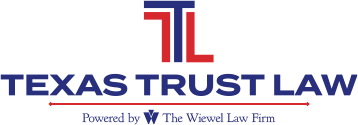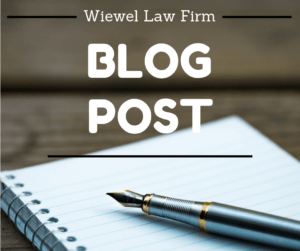
Maximize Your Social Security Benefits
The desire to maximize your Social Security benefits is a relatively new phenomenon. For decades, people received their monthly benefit check and that was it. However, in the late 1990s, a new law let seniors over age 66 work without any reduction in benefits, says the article “Social Security & You: Seniors obsess over ‘maximizing’ their Social Security” from Tuscon.com. The law led to loopholes that became known as “file and suspend” and “file and restrict.” In a nutshell, they allowed retirees to collect dependent spousal benefits on a spouse’s Social Security record, while delaying their own benefits until age 70.
Congress eventually realized that these loopholes violated the basic concept of the program. Benefits to spouses were always known as “dependent” benefits. To claim benefits as a spouse, you had to prove that you were financially dependent upon the other spouse to collect benefits on their record. However, the loophole let people who were the primary wage earner in the family claim benefits as a “dependent” of the other spouse. Five years ago, Congress closed that loophole.
More specifically, Congress closed the ability to file-and-suspend. It also put file-and-restrict on notice. If you turned 66 before January 2020, you could still wiggle through that loophole, and there are some people who are still eligible. That’s where the term “maximizing your Social Security benefits” originated.
Can you get a bigger Social Security check, if you don’t fit into the exception noted above? The only real strategy to maximize your social security benefits is simply to wait. The equation is pretty simple. If you wait until your Full Retirement Age (FRA), you will receive 100% of your benefit rate. If you can wait until age 70, you’ll receive 132% of your benefit.
In some households, the higher income earner waits until age 70 to file for retirement, so that the surviving spouse will one day receive higher surviving spouse benefits.
But that’s not the best advice for everyone. If you or your spouse suffer from a chronic illness, it may not make sense to wait.
If you or your spouse have lost your jobs, as so many have because of the pandemic, then Social Security may be the safety net that you need, until you are able to return to some kind of paid employment.
There may be other reasons why you might need to take your benefits earlier, even earlier than your FRA. Some households start taking their Social Security benefits at age 62, as a way to augment other income.
If you don’t already have a “My Social Security” account set up on the Social Security Administration’s portal, now is the time to do so. The Social Security Administration stopped sending annual statements years ago, but you can go into your account and download the statements yourself and start planning for your future. There are ways to maximize your Social Security benefits, but you will need to take advantage now. Work with your financial advisor and estate planning attorney to see if you qualify.
If you would like to learn more about Social Security benefits, please visit our previous posts.
Reference: Tuscon.com (Feb. 10, 2021) “Social Security & You: Seniors obsess over ‘maximizing’ their Social Security”















